Xiangyu Hu
Towards Real-World HDR Video Reconstruction: A Large-Scale Benchmark Dataset and A Two-Stage Alignment Network
Apr 30, 2024Abstract:As an important and practical way to obtain high dynamic range (HDR) video, HDR video reconstruction from sequences with alternating exposures is still less explored, mainly due to the lack of large-scale real-world datasets. Existing methods are mostly trained on synthetic datasets, which perform poorly in real scenes. In this work, to facilitate the development of real-world HDR video reconstruction, we present Real-HDRV, a large-scale real-world benchmark dataset for HDR video reconstruction, featuring various scenes, diverse motion patterns, and high-quality labels. Specifically, our dataset contains 500 LDRs-HDRs video pairs, comprising about 28,000 LDR frames and 4,000 HDR labels, covering daytime, nighttime, indoor, and outdoor scenes. To our best knowledge, our dataset is the largest real-world HDR video reconstruction dataset. Correspondingly, we propose an end-to-end network for HDR video reconstruction, where a novel two-stage strategy is designed to perform alignment sequentially. Specifically, the first stage performs global alignment with the adaptively estimated global offsets, reducing the difficulty of subsequent alignment. The second stage implicitly performs local alignment in a coarse-to-fine manner at the feature level using the adaptive separable convolution. Extensive experiments demonstrate that: (1) models trained on our dataset can achieve better performance on real scenes than those trained on synthetic datasets; (2) our method outperforms previous state-of-the-art methods. Our dataset is available at https://github.com/yungsyu99/Real-HDRV.
Neural Image Beauty Predictor Based on Bradley-Terry Model
Nov 19, 2021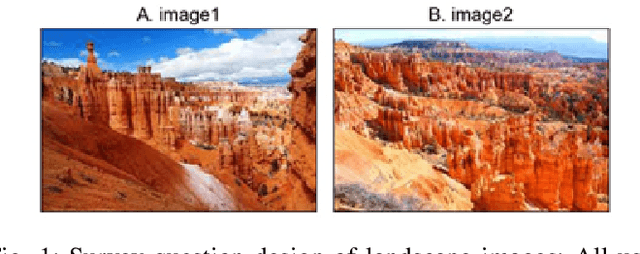
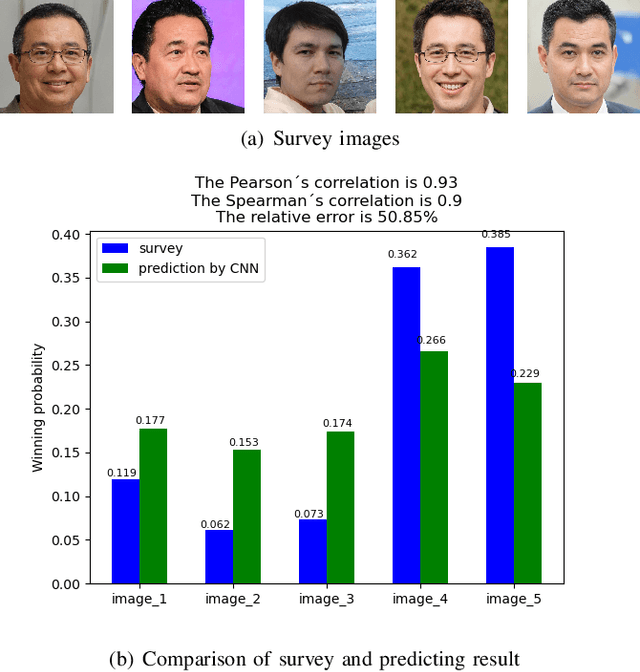
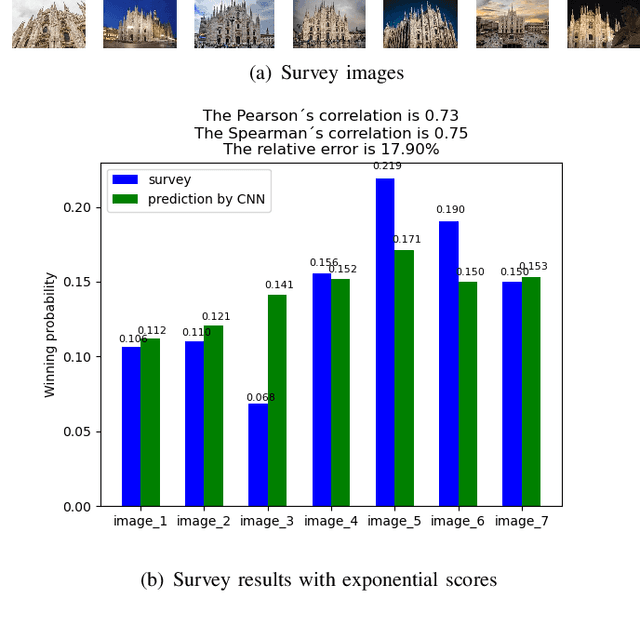
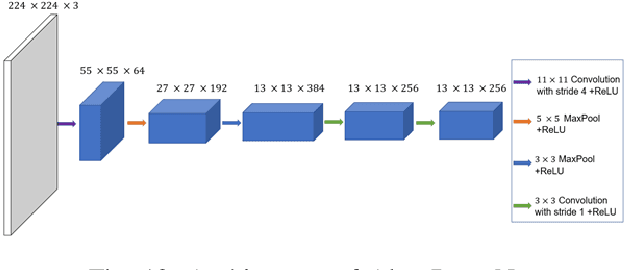
Abstract:Image beauty assessment is an important subject of computer vision. Therefore, building a model to mimic the image beauty assessment becomes an important task. To better imitate the behaviours of the human visual system (HVS), a complete survey about images of different categories should be implemented. This work focuses on image beauty assessment. In this study, the pairwise evaluation method was used, which is based on the Bradley-Terry model. We believe that this method is more accurate than other image rating methods within an image group. Additionally, Convolution neural network (CNN), which is fit for image quality assessment, is used in this work. The first part of this study is a survey about the image beauty comparison of different images. The Bradley-Terry model is used for the calculated scores, which are the target of CNN model. The second part of this work focuses on the results of the image beauty prediction, including landscape images, architecture images and portrait images. The models are pretrained by the AVA dataset to improve the performance later. Then, the CNN model is trained with the surveyed images and corresponding scores. Furthermore, this work compares the results of four CNN base networks, i.e., Alex net, VGG net, Squeeze net and LSiM net, as discussed in literature. In the end, the model is evaluated by the accuracy in pairs, correlation coefficient and relative error calculated by survey results. Satisfactory results are achieved by our proposed methods with about 70 percent accuracy in pairs. Our work sheds more light on the novel image beauty assessment method. While more studies should be conducted, this method is a promising step.
A Combined Data-driven and Physics-driven Method for Steady Heat Conduction Prediction using Deep Convolutional Neural Networks
May 16, 2020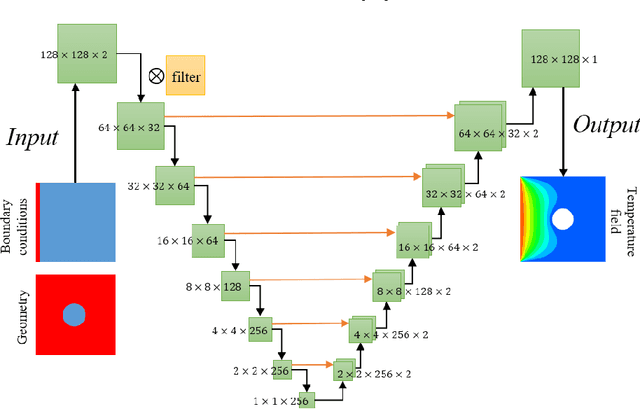
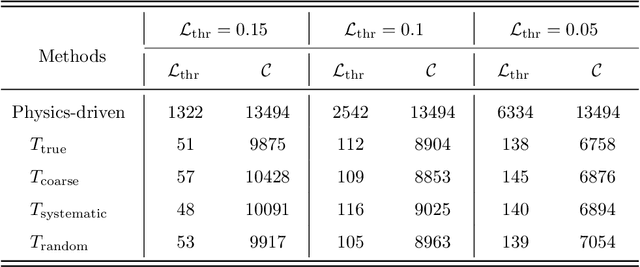
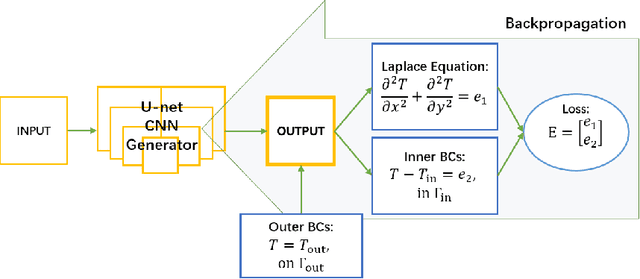
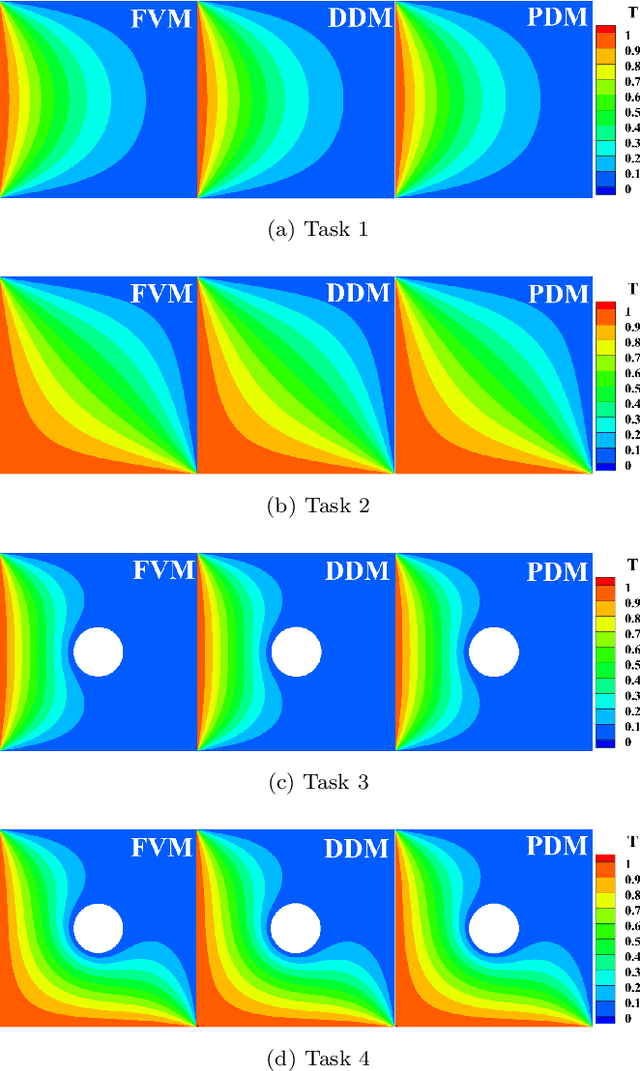
Abstract:With several advantages and as an alternative to predict physics field, machine learning methods can be classified into two distinct types: data-driven relying on training data and physics-driven using physics law. Choosing heat conduction problem as an example, we compared the data- and physics-driven learning process with deep Convolutional Neural Networks (CNN). It shows that the convergences of the error to ground truth solution and the residual of heat conduction equation exhibit remarkable differences. Based on this observation, we propose a combined-driven method for learning acceleration and more accurate solutions. With a weighted loss function, reference data and physical equation are able to simultaneously drive the learning. Several numerical experiments are conducted to investigate the effectiveness of the combined method. For the data-driven based method, the introduction of physical equation not only is able to speed up the convergence, but also produces physically more consistent solutions. For the physics-driven based method, it is observed that the combined method is able to speed up the convergence up to 49.0\% by using a not very restrictive coarse reference.
Well, how accurate is it? A Study of Deep Learning Methods for Reynolds-Averaged Navier-Stokes Simulations
Oct 18, 2018

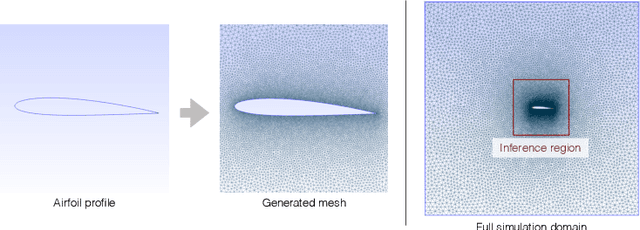

Abstract:With this study we investigate the accuracy of deep learning models for the inference of Reynolds-Averaged Navier-Stokes solutions. We focus on a modernized U-net architecture, and evaluate a large number of trained neural networks with respect to their accuracy for the calculation of pressure and velocity distributions. In particular, we illustrate how training data size and the number of weights influence the accuracy of the solutions. With our best models we arrive at a mean relative pressure and velocity error of less than 3% across a range of previously unseen airfoil shapes. In addition all source code is publicly available in order to ensure reproducibility and to provide a starting point for researchers interested in deep learning methods for physics problems. While this work focuses on RANS solutions, the neural network architecture and learning setup are very generic, and applicable to a wide range of PDE boundary value problems on Cartesian grids.
 Add to Chrome
Add to Chrome Add to Firefox
Add to Firefox Add to Edge
Add to Edge